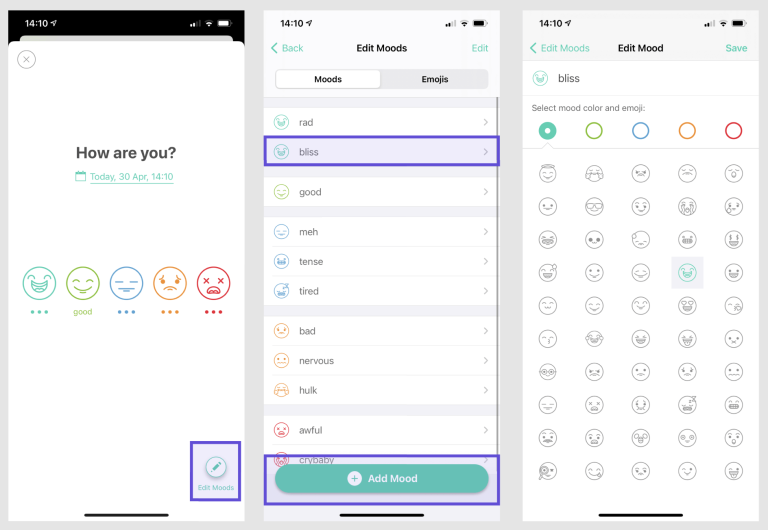The Nvidia Nokia deal, under which Nvidia will invest $1 billion in Nokia and acquire a 2.9% stake in the company, could rewrite how our wireless networks are built and powered moving forward.
It is a move that signals a pivot towards the AI-native wireless networks, the next frontier of connectivity.
What is happening
Nvidia, which became the world’s first company to have a market valuation of $5 trillion, is investing $1 billion in Nokia and acquiring 2.9% shares in the company, subject to regulatory approvals and customary closing conditions. Both companies plan to collaborate to create AI-powered Radio Access Network (AI-RAN) solutions, which would enable wireless networks to process AI workloads closer to the user rather than at the distant data centers.
With this partnership, both companies plan to create infrastructure that is ready for advanced 5G and upcoming 6G upgrades and addresses the increasing connectivity demands.
This news helped Nokia’s shares reach the highest level in nearly a decade, supported by a 20% jump in prices.
Its impact on the industry
This deal is expected to impact the telecom industry in many ways
AI at the edge
With the RAN structure having Ai capabilities, the network would be able to handle real-time analytical tasks, latency-sensitive services, and tasks related to distributed intelligence.
Strategic Infrastructure Play
Telecommunications has grown tremendously over time and is now the backbone of AI, AR/VR, and autonomous vehicles, becoming the digital backbone of the economy.
The 6G Race
With this deal, both Nvidia and Nokia get an edge for developing the 6G networks.
Who benefits and How?
Nokia
The fresh injection of cash, along with access to Nvidia’s cutting-edge technology, would strengthen Nokia’s position as a leader in the growing AI-RAN industry and help it accelerate its transition from a telecom hardware developer into an intelligent software-driven networking company.
Nvidia
Through its investment in Nokia, Nvidia would gain an entry into the telecom equipment manufacturing industry, which is supposed to be the backbone of future AI applications. Nvidia would also expand its influence beyond data centers and deepen its role in shaping next-generation connectivity.
Common Advantages
With this investment, both companies would position themselves in front of the competition in the race for shifting towards an AI-based native wireless network. Their combined capabilities would allow them to move faster than the competition, potentially redefining industry standards.
The challenges
With the investment deal, which once closed would have a huge impact on the AI and telecom industries, both companies wuld have new challenges to tackle.
Approval to complete the investment
The investment’s closing is still subject to “customary closing conditions,” which depend heavily on the regulatory approvals and the market conditions.
Early-Stage Technology
The AI-RAN technology is still in the early stages. The companies may have to wait for a certain period before reaping benefits.
Competition
The other players in the telecom equipment manufacturing industry, like Ericsson and Huawei, are also investing heavily into infrastructure advancement and new technology development.
The Real-World Impact
Everyone gets to benefit from this proposed investment in one way or anther. Let’s take a look at it.
Consumer
Get faster, smarter networks with improved AI-based mobile experience on phones and smart devices
Investors
A broader investment ecosystem allowing investments not just in chips or cloud systems but rather in AI infrastructure.
Telecoms and Enterprises
The telecom companies can start preparing for smart networks that adapt, learn, and distribute intelligence at the edge.
The Nvidia Nokia deal is not just a billion-dollar investment deal, it is a shift in how networks would be built and how intelligence would be distributed.
Depending on how it is executed, it could mark the dawn of
“AI-powered connectivity, everywhere.”
FAQs
Q. Why is Nvidia investing in Nokia?
A. With its investment in Nokia, Nvidia aims to expand its reach beyond just data centers and into the telecom equipment manufacturing and infrastructure industry and use its AI computing power to create AI-native wireless networks that are able to process intelligence at the edge.
Q. What is AI-RAN, and why is it important?
A. Artificial Intelligence-enabled Radio Access Network (AI-RAN) uses AI to optimize wireless performance, manage traffic efficiently, and reduce latency. It sets up the foundation for building smarter 6G networks.
Q. What is the main goal of this partnership?
A. Their primary goal includes developing AI-native 6G platforms, enhancing network automation, and enabling AI computing at the edge, benefiting telecom operators worldwide.
Q. When would I see the impact of this partnership?
A. The real-world impact would likely appear after 2-4 years, as AI-enhanced 5G-Advanced and 6G deployments roll out worldwide.
Q. What are the challenges this deal faces?
A. Potential challenges include regulatory approvals, competitive response from rivals and long-term monetization of AI-driven telecom technology.






